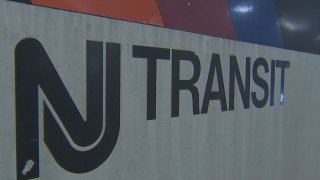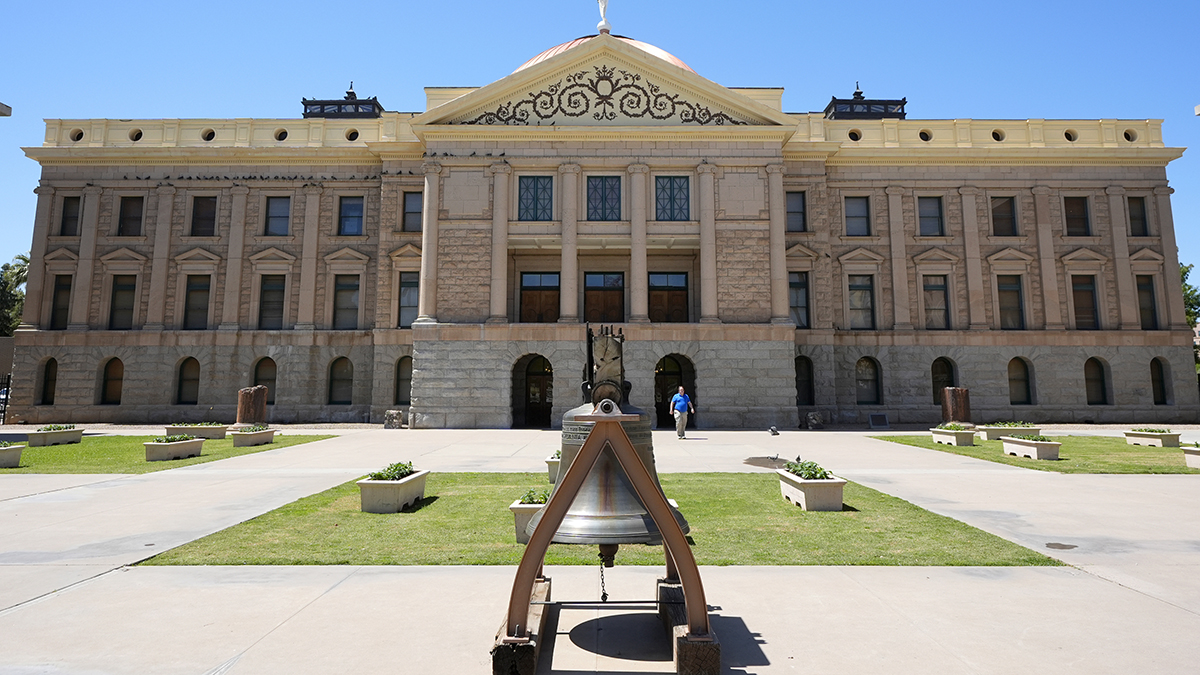
What to Know
- The plan envisions expanding and upgrading bus garages to improve maintenance capacity and accommodate more electric buses
- A 10-year strategic plan emphasizes upgrading rail infrastructure and expanding capacity for routes between NJ and NYC; replacement of aging buses and trains; and upgrading 75% of NJ Transit’s IT systems
- NJ Transit provides roughly 260 million passenger trips annually on its buses and rail lines
New Jersey Transit unveiled a five-year capital plan Monday that would require nearly $6 billion in additional funding to address bus and train reliability and safety.
Along with a 10-year strategic plan, the release marked the first time the nation’s largest statewide transit system has shared long-term plans with the public, part of reforms undertaken in recent years in the wake of criticism over safety and on-time performance.
The capital plan would cost roughly $5.8 billion in all, above the $1.4 billion New Jersey Transit receives annually. The transit service has lacked a dedicated source of funding outside of state appropriations, and has regularly had to borrow from its capital budget to cover operating expenses. It also has seen revenues crater as rail ridership has fallen more than 90 percent during the COVID-19 pandemic.
President and CEO Kevin Corbett, appearing Monday at Democratic Gov. Phil Murphy’s daily briefing, said federal funding will be critical but didn’t offer specifics on where the extra money for the capital plan would come from. NJ Transit recently was awarded $1.4 billion through the federal CARES Act to cover operating costs during the pandemic.
Murphy has previously promised no fare hikes at least through next June.
“I hope we can go longer than that, but it’s still too early to tell,” he said Monday.
U.S. & World
Stories that affect your life across the U.S. and around the world.
The capital plan’s major projects include elevating part of the century-old Hoboken rail terminal to protect against flooding, and repairing or replacing aging rail bridges, retaining walls and signals that contribute to regular delays. The Hoboken terminal had to be closed for months after 2012′s Superstorm Sandy filled it with several feet of water.
The plan also envisions expanding and upgrading bus garages to improve maintenance capacity and accommodate more electric buses.
The 10-year strategic plan places an emphasis on upgrading rail infrastructure and expanding capacity for routes between New Jersey and New York; replacement of aging buses and trains; and upgrading 75% of NJ Transit’s IT systems.
Corbett said Monday that bus service would immediately return to full weekday schedules, corresponding to the first phase of business reopening in New York. Trains will continue to operate on an enhanced holiday schedule and be limited to 50 percent capacity to promote social distancing.
NJ Transit also still must meet a Dec. 31 deadline to install and implement a federally required emergency braking system required of all U.S. railroads, an undertaking delayed by software problems that surfaced last fall.
In January, a state auditor’s report cast doubt on whether it would meet the deadline, raising the possibility of heavy fines or lack of access to tracks on the Northeast Corridor.
NJ Transit provides roughly 260 million passenger trips annually on its buses and rail lines.



